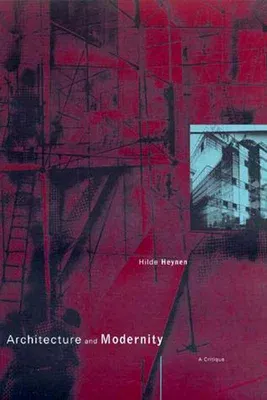Hilde Heynen
(Author)Architecture and Modernity: A Critique (Revised)Paperback - Revised, 28 February 2000

Temporarily out of stock
Free Delivery
Cash on Delivery
15 Days
Free Returns
Secure Checkout

Reading Age
Ages: 18
Grade Levels
13
Part of Series
Mit Press
Print Length
276 pages
Language
English
Publisher
MIT Press
Date Published
28 Feb 2000
ISBN-10
0262581892
ISBN-13
9780262581899
Description
Product Details
Audience:
Ages: 18
Author:
Book Edition:
Revised
Book Format:
Paperback
Country of Origin:
US
Date Published:
28 February 2000
Dimensions:
25.5 x
17.78 x
1.32 cm
Educational Level:
Grade Levels: 13
ISBN-10:
0262581892
ISBN-13:
9780262581899
Language:
English
Location:
Cambridge
Pages:
276
Publisher:
Series:
Weight:
494.42 gm